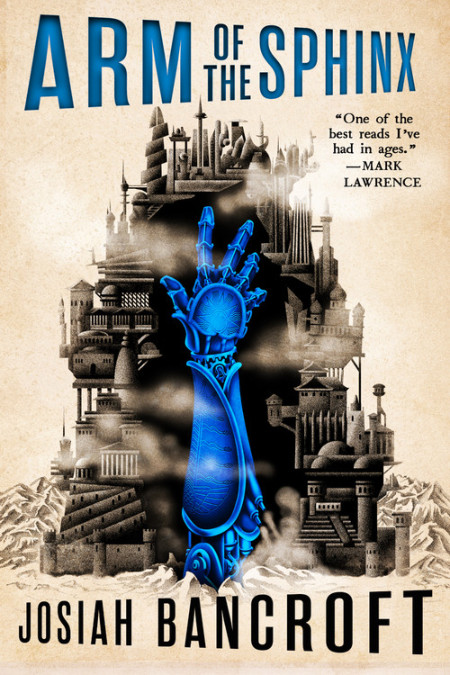Writer Advice, or How I Learned to Stop Worrying and Fly the Ship
For many editors, the journey began with reading and writing. I feel like most editors were writers at some point, up until the moment they discovered that they had a particular talent (or love) for honing stories and discussing writing with authors. (This could be entirely false! But it was certainly true for me.)
When I discuss the writing process, and when I sit down to edit, I’m always thinking about the initial journey an author took. As a fantasy and science fiction editor, allow me a nerdy analogy. It’s like flying a spaceship, except you have no training, the crew is dead, and everyone left alive is screaming at each other. What’s that, you say? That’s an oddly specific analogy. Yes, it certainly sounds like Rob Boffard’s science fiction novel Adrift. But it’s shockingly apt!
Please, allow me to explain. Writing a novel always begins with the best of intentions. You have an idea, right? And, ooh doctor, is it ever a good idea. I mean, this thing is going to write itself. Materialize right in front of you. Nothing to it. Okay, page one is done, no problem. You’ve got a protagonist. You’ve got an inciting incident. You’ve got other buzzwords that you were taught in creative writing classes.
But a problem is on the horizon. You’re on page one hundred and fifty. The characters aren’t behaving like you intended. A minor plot point from the second chapter has sprung a leak and you’re slamming duct tape on it to avoid a full-blown side plot that will take another fifty pages to resolve.
You power through. You’ve fixed it! You tightened up that plot point, you’re listening to the characters, and sometimes you do what they say. (This always sounds odd too non-writers. But don’t worry, I get you.) Things are moving smoothly…for about fifty pages. Now you’re in the third act twist. Oh yeah, you’re following the traditional three-act structure. Look, be as experimental as you want, but deep down, you’ve been following that structure all along. Whoops.
The characters are in a sticky wicket. You don’t know how to get them out. Well, you do, but it won’t make sense, and it’ll be a total cop out that everyone from your beta readers to your editor will call you on. There are no easy outs. Sorry. Sort of.
You go for a run. You make coffee. You sit down at the keyboard. Absolutely nothing happens. The platitudes were all wrong! Rest easy, writer, it’s never easy. For anyone.
Okay, this is it, the final push. You’ve done it. You’ve finished the novel. You think you’re home free. You’re nowhere close. Time for the first full, front to back reread. This will be rough. You’ve got to be ruthless. Delete. Cut. Rewrite. And through it all you’re thinking, “Oh, no, I have no idea what I’m doing!” Welcome to the writer’s life. Take a seat. No one has any clue what’s happening and everyone is terrified it won’t be good enough. And that’s the secret. Boom, that’s why writing a novel is like flying a spaceship with no crew, no training, and no plan on how to get home. Except you have to get home. You’re committed to seeing this through.
So, go start the novel. Then finish it. And remember two things: the big secret to writing and that doubt will always be the enemy.